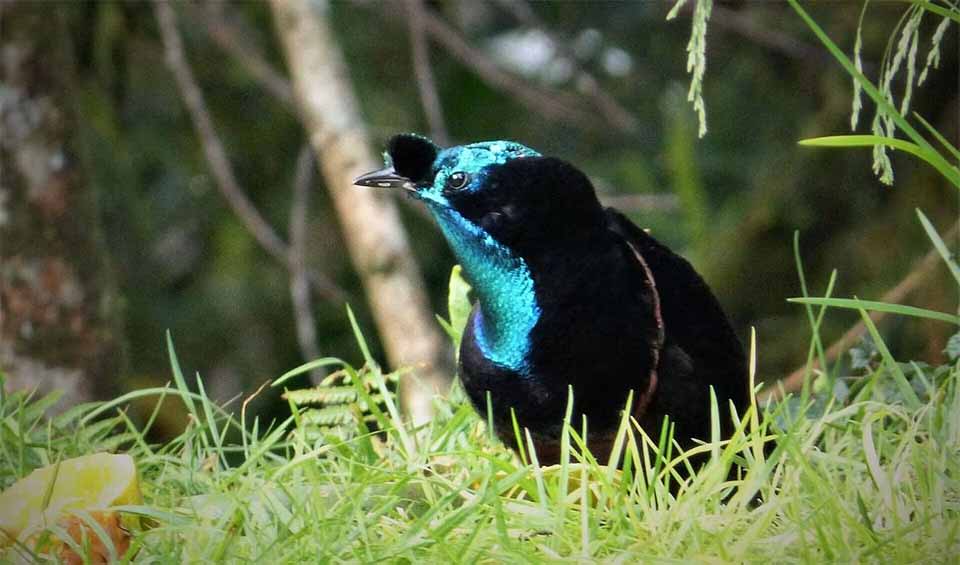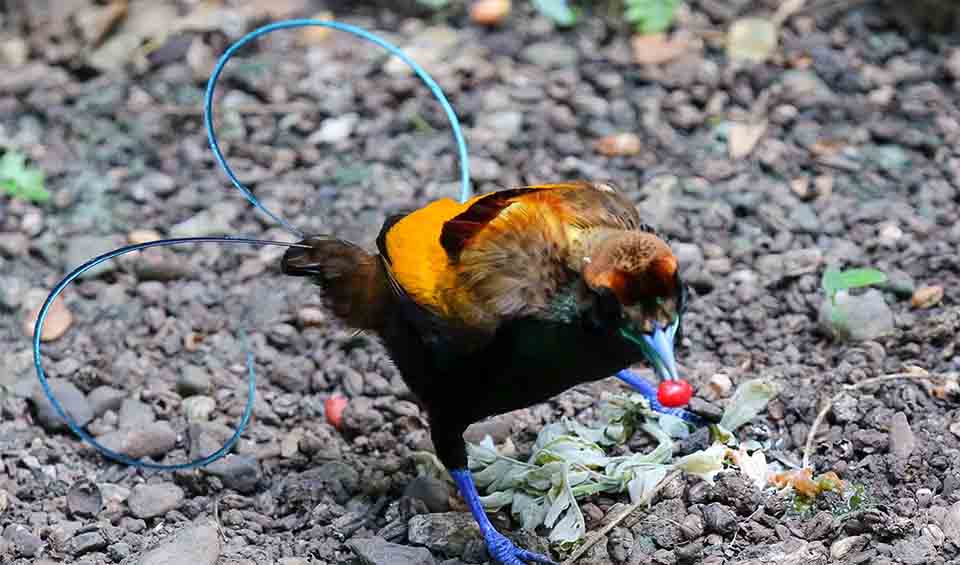Paradisaeidae – Birds-of-Paradise
Some males are just show-stoppers with their spectacular heavenly & unique appearance!
More commonly known as the birds of paradise, it encompasses some of the world’s most spectacular and ornately plumed birds. These birds are renowned for the males’ extraordinary feather ornaments, which range from vivid color splashes to elaborate tail feathers and iridescent breast shields. In stark contrast, the females are typically adorned with more subdued tones, which provide camouflage while they nurture their young in the nest.
Native primarily to New Guinea and its surrounding islands, as well as parts of eastern Australia and the Maluku Islands, birds of paradise inhabit a range of environments. While many species are synonymous with dense tropical rainforests, where the canopy provides a backdrop for their dramatic mating displays, others have adapted to life in coastal mangroves, temperate forests, and even the more open environments of savanna woodlands.
The diets of these birds are as varied as their habitats. While many species are frugivores, relying primarily on fruits, which make them vital agents of seed dispersal, others are omnivorous, supplementing their diet with insects, arthropods, and smaller animals. This varied diet aids in their survival across different ecosystems and contributes to their role in the biodiversity of their habitats.
Birds of paradise are perhaps best known for their complex and often extravagant courtship behaviors. Males display a remarkable array of visual and acoustic performances, including dance-like movements, poses to show off their ornamental feathers, and distinct vocalizations. Such displays are often performed in communal display sites known as leks, where females visit to select a mate based on the males’ prowess.
Unfortunately, the beauty that makes these birds so admired is also a curse. Hunting for their plumes, which are highly valued as decorations, has historically led to declines in some species. Additionally, habitat loss due to deforestation and land conversion for agriculture poses a significant threat to their survival. Around 28% of bird of paradise species are currently facing such threats.
Genera in this family
When these birds were brought back to Europe, they’re believed to be from a mythical paradise, leading to their name
These indigenous New Guinea birds of paradise have long tails smaller in females than in males
Renowned for the males’ extravagant and often bizarre courtship displays
In Papua New Guinea, its feathers have been used for centuries in traditional ceremonies and as adornments in the daily lives of indigenous peoples





